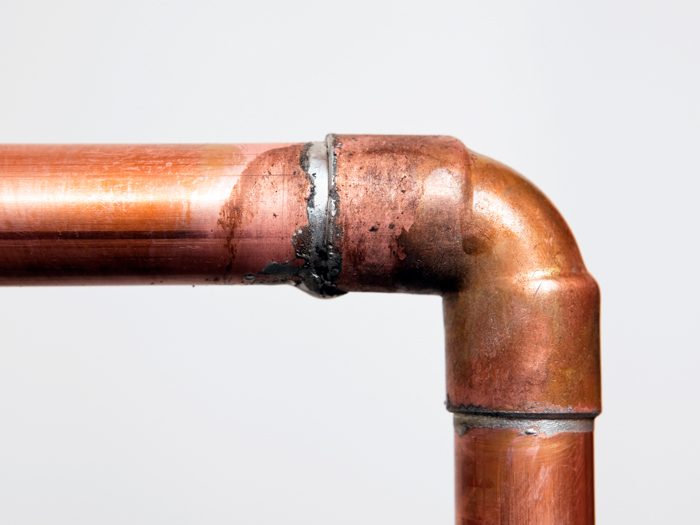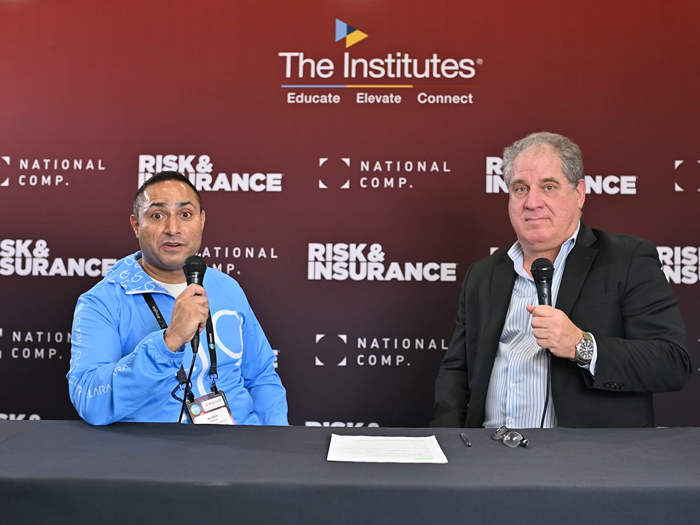Environmental Risk
Lead in the Water: 6 Remediation Steps Schools Can Take Now

Since dangerous levels of lead were detected in the water supply in Flint in 2014, municipalities across the country have been under the microscope. People want to know whether their water is safe, or if local officials are committing the same oversights that lead to the crisis in Flint.
In Flint’s case, water utilities failed to treat water from the Flint River with anti-corrosive agents. As a result, the water wore away at the city’s service pipes and caused widespread leeching of lead. Levels that exceed the EPA’s action level of 15 parts per billion could cause serious health issues, including kidney and reproductive system damage in adults, and developmental problems in children.
Indeed, given that children are the population most vulnerable to lead poisoning, schools have faced some of the most intense scrutiny from concerned parents. To avoid dangerous public health impacts — and costly lawsuits — there are few steps schools can take to diminish the health risk and their own liability exposure:
1. Identify contamination sources.
Lead levels will not be consistent throughout an entire water supply or throughout a building. Corrosion may be worse in some spots more than others, and older faucets and water fountains can leech lead as well. Tests should be taken at every source of drinking water to determine where the exposure is worst and the need for remediation most immediate. To get an accurate reading, samples should be drawn in the morning after the water has sat overnight and before any pipes are flushed.
2. Add filters.
Once sources with elevated lead levels are identified, they can be fitted with carbon filters designed to trap lead particles. According to PlumbingSupply.com, filters should be certified to American National Standards Institute/National Science Foundation Standard 53. The NSF’s website states that Standard 53 filters “reduce a contaminant with a health effect. Health effects are set in this standard as regulated by the U.S. Environmental Protection Agency (EPA) and Health Canada.”
Any contamination sources without filters should be made off-limits until one can be installed.
3. Conduct regular maintenance.
Set a maintenance schedule that includes regularly flushing the plumbing, replacing filters, retesting drinking sources, and ultimately, replacing fixtures with lead-free alternatives.
Set a maintenance schedule that includes regularly flushing the plumbing, replacing filters, retesting drinking sources, and ultimately, replacing fixtures with lead-free alternatives.
Flushing out the pipes will not eliminate lead and does not address the root of the problem, but it can get rid of accumulated lead and diminish the threat until longer-term solutions are implemented. Flushing the system is especially important after long breaks, like summer vacation, when water sits stagnant.
4. Replace fixtures.
Filters and flushing are ultimately stop-gap solutions. Replacement of taps and fountains with lead-free materials is the best way to remediate lead exposure short of replacing the entire plumbing system. For schools, PlumbingSupply.com recommends choosing products that have NSF-61-G or NSF-372 certification. This indicates that the material is lead-free and designed for high-use environments.
5. Choose environmentally-friendly contractors for repairs.
A buildup of microorganisms and organic and inorganic materials on pipes’ interiors – called a biofilm – provides a natural barrier between lead and the water rushing by it, slowing corrosion and leeching.
Renovations or plumbing repair work, however, can disrupt these films and actually exacerbate the problem. When hiring a plumber or contractor to replace fixtures, make sure to look for a Lead Safe Certified firm. The EPA offers a search function on its site to find certified service provider in your area.
6. Communicate early and often.
Even if a school takes all the above steps, it might find itself the target of a lawsuit brought by parents who feel like information was hidden from them or swept under the rug. Once the decision is made to conduct lead testing and an action plan developed, inform all stakeholders and keep the updated on progress. Detail how the lead will be remediated, and how you will ensure children’s drinking water is safe in the meantime. Communicating clearly and documenting all steps may be a school’s best protection in the face of a negligence claim. &










